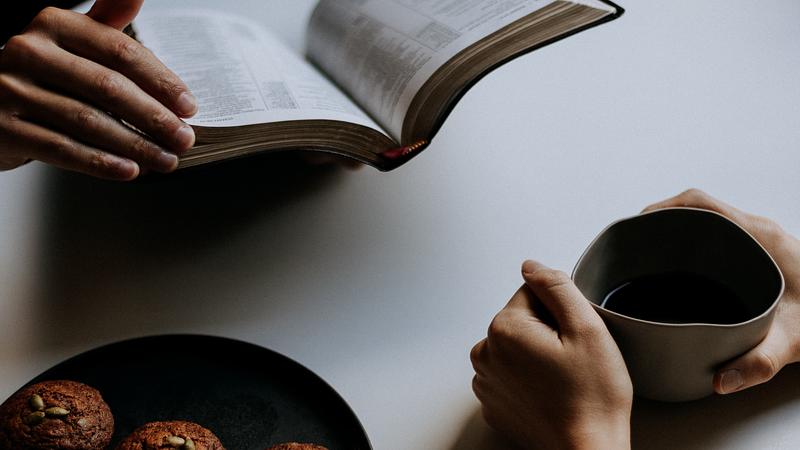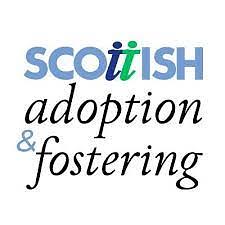Looking for more in Reading and Stories or Digital Storytelling?
Treating stories as a gift: how Scottish Adoption share digital stories from young people

It’s so important to hear about people’s lived experience, particularly if their voices are not often heard. People’s stories can make change happen and help us understand how to achieve a just world. But how do you share stories safely and ethically?
We’ve been inspired by Scottish Adoption and Fostering’s approach to this during our collaborative Digital Storytelling project, which asked adopted young people to create digital stories about what has mattered to them.
Read on to find out how Melanie Thomson from Scottish Adoption and Fostering has found ways to share these stories in a safe, authentic and collaborative way.
If you aren’t sure what a digital story is and want to know more, you can find out more about digital storytelling on our Your Voice, Your Story page.
Where have you shared the young people’s digital stories?
We use our young people’s stories regularly as part of our preparation groups we run for prospective adopters. Within these sessions, adopters learn about the adoption process and the experiences of adopted children. Adopters tell us that seeing the digital stories is their favourite part of the training.
We’ve also shared our young people’s digital stories at internal staff development sessions and more widely at conferences/events with outside agencies.
Most importantly, we’ve shared our young people’s stories with other adopted young people. One of the key themes from our digital story projects is that young people tell us that listening to other young people’s stories helps them to make sense of their own feelings. Due to this, with permission, we have shared our stories with other adoption groups across the U.K.
How important is it that the storytellers can be there when their stories are shared?
I think its best practice to ask for permission each time we share a digital story, even if we have blanket consent. I think it’s important that our young people know who is watching their digital story and why. Our young people’s stories were made as personal reflection pieces. However, after their completion, many recognised the power their stories might have and wanted to share the messages they contained.
However, due to the personal nature of their work, I think it’s also important that the author of the is asked to introduce their own story. Young people’s feelings about their adoption/story may change over time and thus the context they give to it at that time in their life, is also important.
One of our young people has told us that they like to be there to present/introduce their story, as not only are they proud of their work, it gives them a feeling of value to share it with other people. They’ve told us that they enjoy being asked questions about their story and hear what people think. One young person said that making and sharing their story “allows me each time to re-claim the narrative about what’s happened to me”.
How have you helped adopted young people feel comfortable to tell their stories?
The young people who made these stories already had pre-existing relationships with me, our agency and with each other within the group. In addition, this project followed years spent in group-work talking about adoption with each other. During the actual sessions, we built-up to sharing stories through warm up activities. Safety was also enshrined via the use of a solid group agreement, which was regularly re-visited. At the end of the project, we also ran a session on safeguarding. This session really spelt out to the young people’s their rights as the authors and owners of their own stories.
What impact do you think digital stories have?
I think the beauty of a digital story, is that the impact is can be felt with the story teller and the audience. For example, our young people tell us that the process of making and sharing their story validated how they felt. Likewise, the power of impact to the listeners can be a motivator to change systems and practice.
Everyone who watches the digital stories report that they find they videos incredibly powerful, as they bring to life important messages and underpin values in a way that a professional could not. For example, in one video a young person talks about how her adoptive parents fought for her to have an on-going relationship with her birth-sister. Adopters have subsequently told us that watching this video influenced their decision to adopt siblings and changed their minds in respect of direct contact between separated siblings.
Professionals who attended our events have told us that watching the digital stories has positively influenced their practice. They tell us that hearing what our young people think/feel about adoption/the service is important. Some professionals have told us that the digital stories have inspired them to start group work for adopted young people within their own organisations.
We see the stories as part of a wheel. First we build relationships through group work, then we help the group create their stories. If the young people choose, these stories can then go on to help make adoption better for future young people.
Have you been able to use the facilitation skills from Digital Storytelling again?
I’ve used some element of storytelling in all my groups since my training, but it can look different depending on the participants. For instance, in some groups, we use a lighter touch, perhaps using interviews as a way for the young people to get to know each other. In others, we might use the story finding tools or create a digital story as part of a group evaluation.
If you would like to find out more, you can find out more about digital storytelling on our Your Voice, Your Story page. Or if you want you can watch some digital stories created by others(this link will open in a new window).
